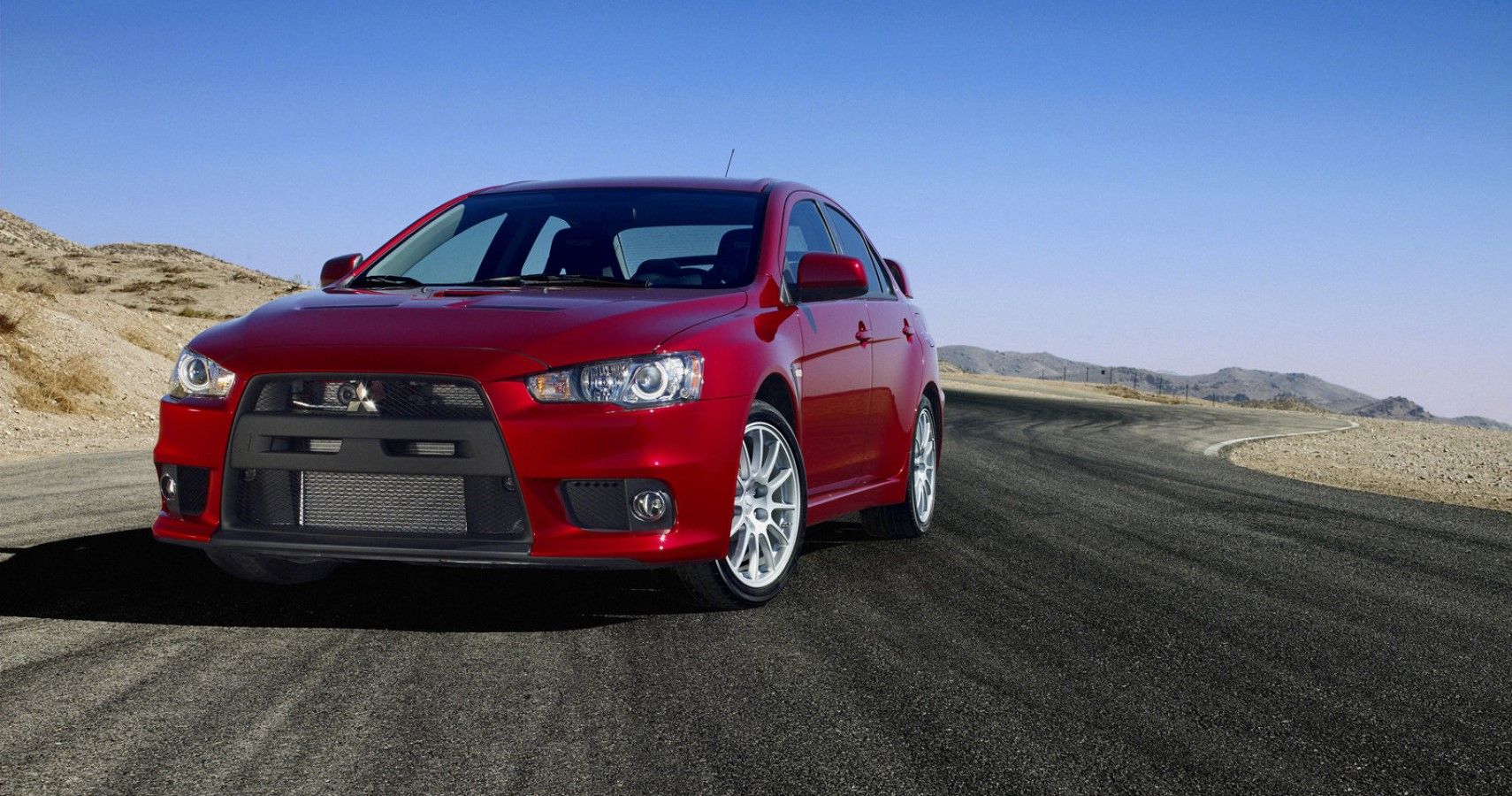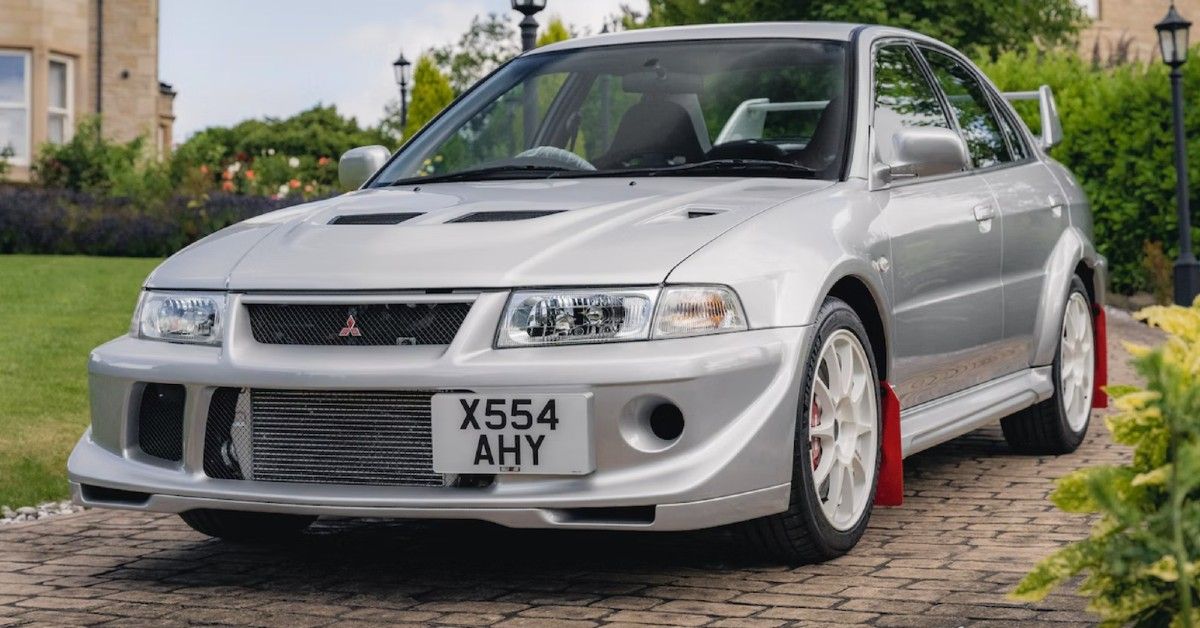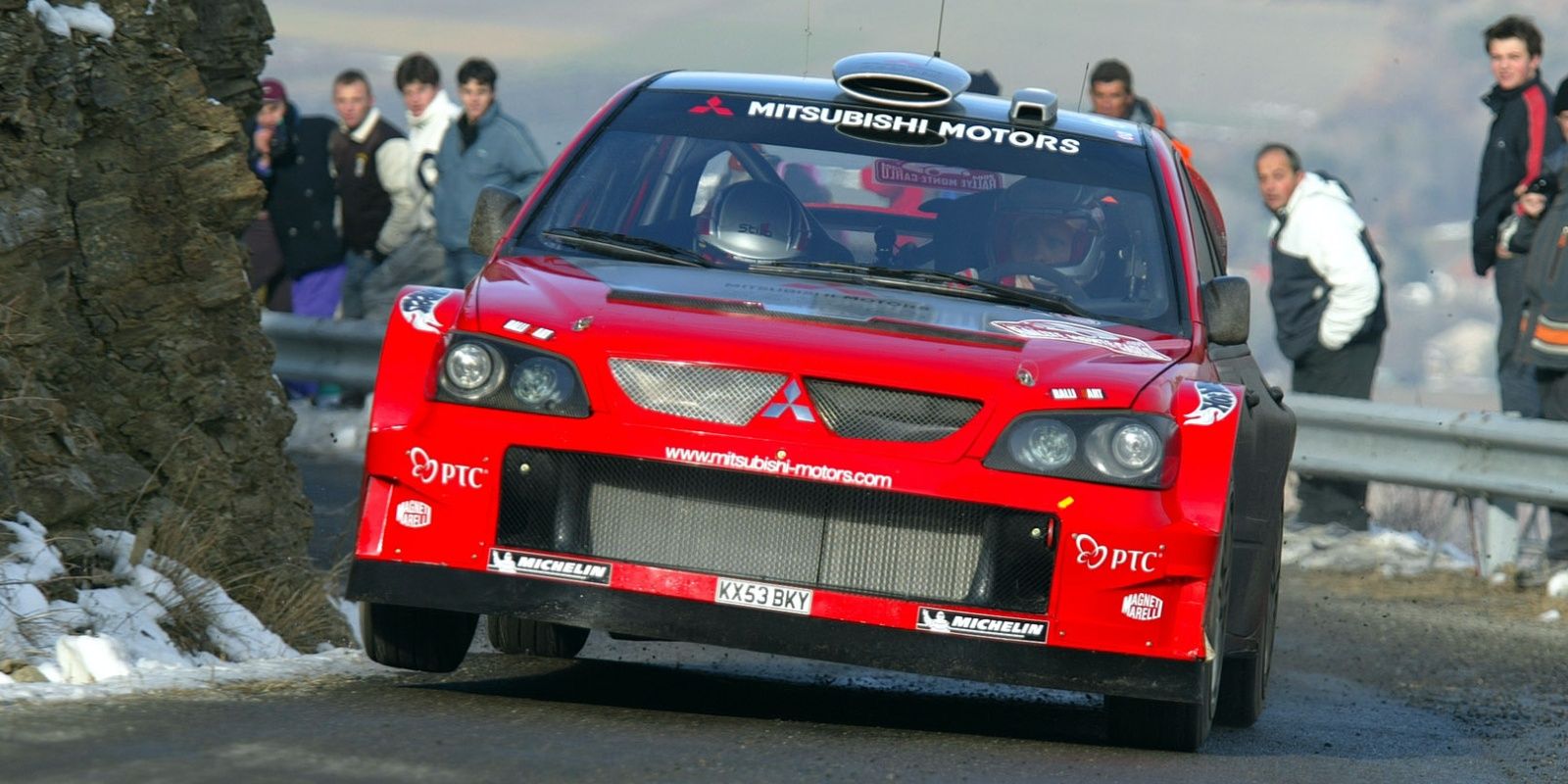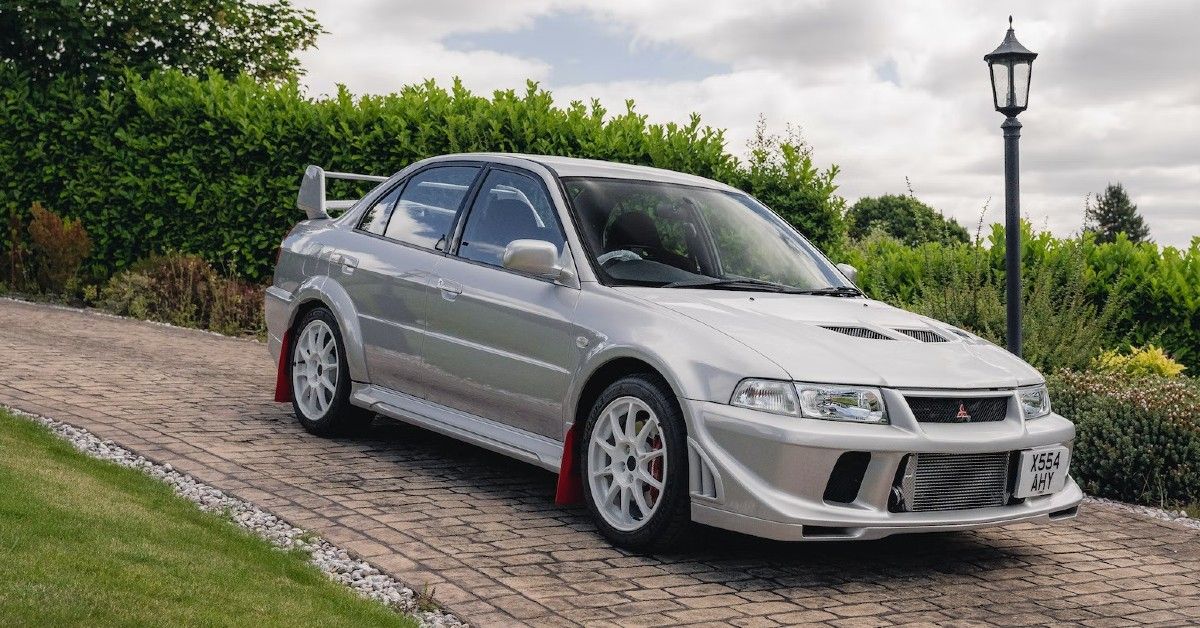It is difficult to imagine a racing legend that comes close to the Mitsubishi Lancer Evolution. This powerful four-door sedan was the dream car for various generations of gearheads, and remained an icon thanks to its legendary performance on the race circuit and in movies. For many American fans, this was the sedan that introduced them to car rallying. For others, it was the symbol of peak Japanese performance and quality. Meanwhile, younger generations got familiarized with the EVO thanks to the 2 Fast 2 Furious and Tokyo Drift movies.
But this car had a very turbulent history marked by ups and downs, where the only area that remained consistent was the Evo’s track performance. Fans loved this beast because of its brutal power and insane track performance. But detractors were quick to compare it to its rival, the Subaru WRX, or even worse, against “more ecological cars.” They also judged the Evo’s aggressive styling, the rather ordinary and cost-efficient interior and its late lackluster sales. Despite pushback, the Evo was mostly a misunderstood giant and a car well ahead of its time. Unsurprisingly, fans still remember the Evo fondly and hope for its revival.
The Rise Of An Icon
Mitsubishi launched the Evo in 1992 and right from the get-go, rally fans went crazy for it. The Vern Eide Mitsubishi dealership says, “the initial production run for racing certification sold out within days.” During the upcoming years, the popularity of the car grew more, thanks to the various championships and awards it won. For instance, Mitsubishi claimed the WRC Manufacturers' Championship title in 1998 and Tommi Mäkinen won four consecutive WRC Drivers' Championships from 1996 to 1999, all while driving various Lancer Evolution models. In 1999, Mitsubishi also released the Tommi Mäkinen Edition, which featured special logos and aerodynamic changes. Fans dubbed the model, “Evo 6.5” and it is currently a pricey specimen.
The vehicle didn't reach the United States for almost a decade, despite its performance and success in Asia and Europe. The Lancer finally joined the North American market in 2001, while the Lancer Evolution, equipped with all-wheel control, debuted on the market two years later. In 2006, Automobile magazine crowned the model “All-Stars Award.”
Various Problems And Recalls For The Evo
Mitsubishi designed and built the Lancer Evolution as a track beast, not an elegant car that is well suited for commuting or daily driving, so it is understandable why the Japanese company didn’t prioritize styling or even reliability. In its long history, the Evo had various problems and recalls, and most drivers agree this wasn’t the most reliable Mitsubishi model on the market. During its decades-long history, the Evo had recalls and issues with the suspension, airbags, sunroofs, power train, fuel system, service brakes, engine cooling, electrical system, power steering tube and parking brake. It goes without saying that these concerns persuaded some customers that this was an unreliable automobile that suffered from poor build quality.
Naturally, this dismantled the Evo’s reputation and convinced consumers that the model needed more than just the regular service visits. Unfortunately, some naysayers blew the Evo’s problems out of proportion. However, owners tried to point out that the model had problems similar to the ones of other sports cars. On different forums and in social media posts, Evo fans highlighted that respecting service appointments and driving responsibly would ensure the longevity of the car. But despite the pushback from fans, the recalls and highly publicized problems already impacted the reputation of the model.
It didn’t help that the world became more sustainable and younger demographics found themselves interested in eco-friendly cars. Overnight, vehicles that had low-pollution engines became more appealing, so youngsters didn’t really care about high-performance cars as much. Furthermore, young families started demanding vehicles with more legroom and trunk space.
The age of SUVs and crossovers killed the street legend for good. To make matters worse, Mitsubishi timed the release of the EVO X in 2008, which was at the height of the world’s financial crisis.
Retirement Didn’t Kill The EVO’s Legacy
Just because Mitsubishi opted to end production of the Lancer Evolution, it doesn’t mean fans have forgotten the model. On the contrary, its popularity grew stronger with time.
Nowadays, the rarest trims sell for staggering sums, and fans constantly hope for a revival of the model. Just to put things into perspective, a 2001 Mitsubishi Lancer Evolution VI Tommi Mäkinen Edition with just over 10,000 on the odometer sold in July 2022 for $162,300 USD at an auction ran by Collecting Cars.




